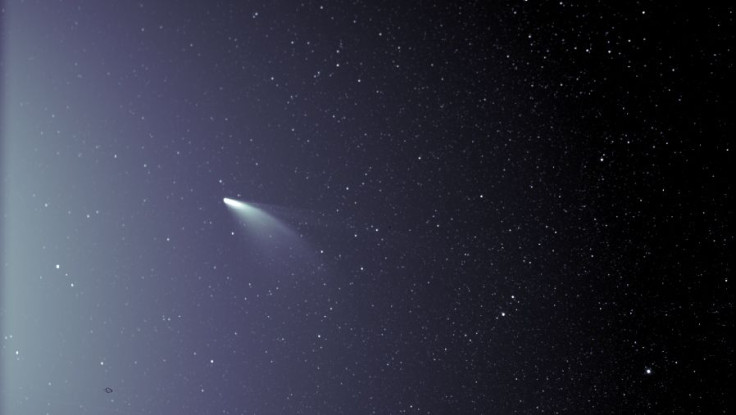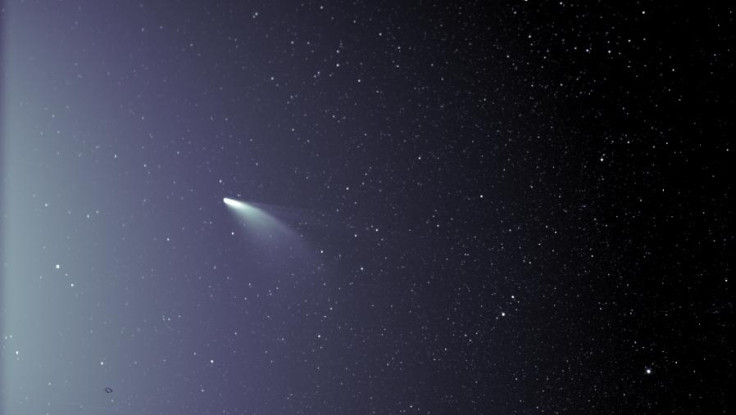Massive Celestial Visitor To Make Closest Approach To Sun In 2031

The solar system has a new visitor and it's a massive one. Dubbed 2014 UN271, it has already passed the orbit of Neptune and will possibly reach its closest approach to the sun in the next decade.
The International Astronomical Union Minor Planet Center announced its discovery on June 19. It is massive, measuring 100 to 370 kilometers (62 to 230 miles) wide, making 2014 UN271 possibly one of the largest known objects to visit from the outer solar system, Gizmodo reported.
It's also quite odd because of its exceptionally long orbit that takes it close to the sun and as far away as the Oort Cloud, which is the most distant region in our solar system. Due to the enormous distance that the object has to travel, it is estimated to take 612,190 years to complete an orbit around the sun, Phys.org reported.
Making close approach in 2031
The mysterious object was discovered through the data collected by the Dark Energy Survey (DES) from 2014 to 2018, Samantha Lawler, an astronomer at the University of Regina in Saskatchewan, Canada, told Gizmodo.
"Some people asked why it was only announced now: finding TNOs with DES is a massive computational problem (my PhD was solving this problem)," Dr. Pedro Bernardinelli, who was part of the team that made the discovery, said in a tweet. "The search itself took 15~20 million CPU-hours, and the catalog production from our 80,000 exposures probably took more than that!"
When it was first spotted, it was at a distance of 29 astronomical units (AU), with each AU pertaining to the distance between the Earth and the sun. It has since traveled further into the solar system and is expected to reach its closest approach to the sun in 2031.
It is now about 22 AU from the sun. Citizen scientists estimate that it will reach as close as 10.9 AU at its closest approach, The Weather Channel reported.
Comet or minor planet?
With its massive size, 2014 UN271 could be a very small planet or a massive comet. If it ends up developing a coma and tail during its close approach, it will rank among the largest comets recorded, Gizmodo reported.
It is still unclear whether it will turn into a comet when it comes closer. If it does, it most likely cannot be seen with the naked eye or using binoculars. Skywatchers will likely need a telescope to catch a glimpse of it.
"It's cool that we're finding it now," Meg Schwamb, a lecturer at Queens University in Belfast and expert on Kuiper Belt objects, told Gizmodo. "With the Vera Rubin Observatory coming online shortly, we'll be able to create a movie of how this object will evolve over the next 10 years — we're going to keep our eyes on this object."

Photo: NASA/Johns Hopkins APL/Naval Research Lab/Parker Solar Probe/Brendan Gallagher






